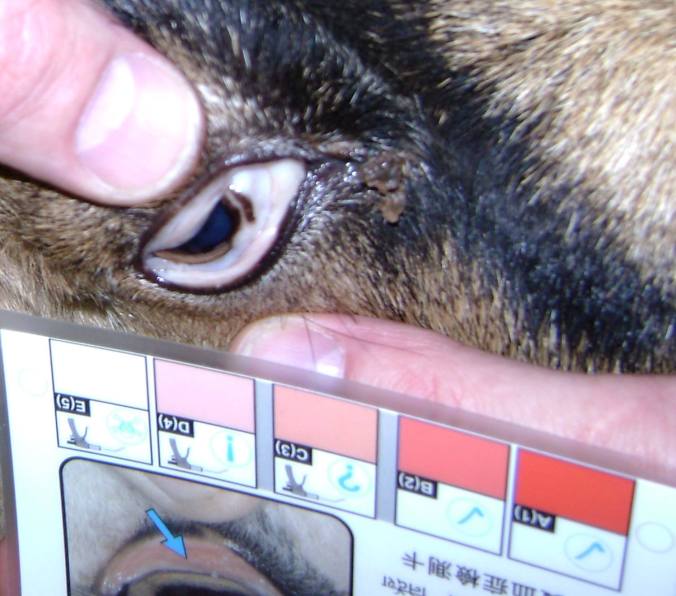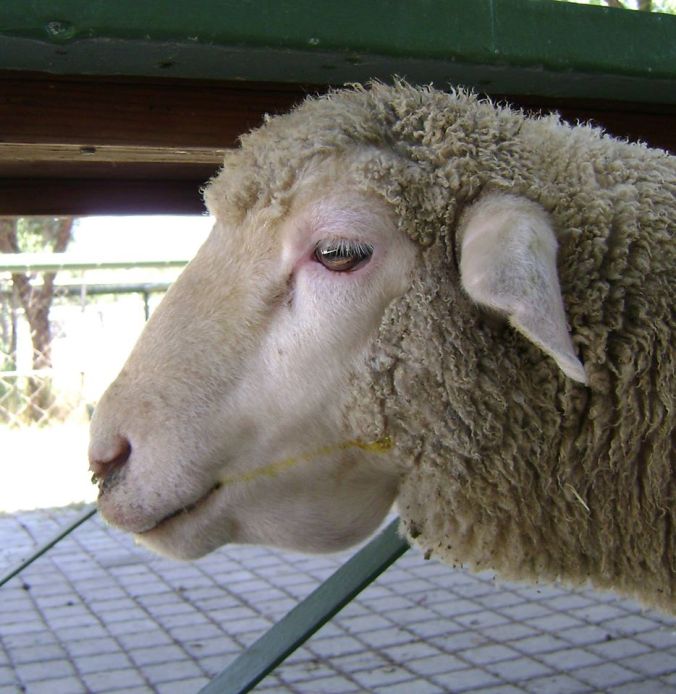Questions and answers regarding wireworm (Haemonchus contortus)
http://www.youtube.com/watch?v=JmDONwRBx8w
- Wireworms are found in the abomasum and will cause chronic progressive anaemia, loss of appetite, weight loss and jaundice death eventually.
- A wireworm infection between 1000 and 10 000 wireworms can cause a blood loss between 50ml and 200 ml per day.
- Critically importantly minerals, protein as well as important trace elements are now used by the animal to replace the acute blood elements shortage that enables the animal to function productively in all livestock economic aspects at the cost of weight gain, growth and functional reproduction.
I see farmers weekly did a piece on Denys Wells thus I am going to concentrate on wireworm in this piece as it is a huge problem for us. Also other external factors that affect resistance of sheep to wireworm are stress and poor quality grass due leaching winter.
External factors, such as tough treatment, poor quality water, protein shortages, ticks, conical and liver fluke, bacterial infections and viruses, kraaled animals that need to sleep in deep manure and ammoniac discharged in manure affecting the lungs, dust that is been inhaled from the infected manure that harbours many other bacterial agents that cause lung and many other infections .
 Ways increasing immunity of sheep
Ways increasing immunity of sheep
- Harsh functional genetic selection
- The control of parasites effectively
- The prevention of anthelmintic resistance
- Clean water and feed
- Vaccination programs preventative
- Early colostrum support and development in mothers
- Exposure to the parasites with a healthy immune system
How keep rumen at its best.
- Prevent dirty water at all times and blue green algae
- Prevent tannin and resins in dry material to suppress microbial functions of the stomach
- enhance probiotic intake
- Prevent farm chemicals and treated seeds
- Feed stuffs that will poison the animal like Scholtzbos, springbokbos, lupine in heat, senecio spp, Klaaskloubos, blue green algae or microsystis , tribules terrestris or the yellow thorn, or dubbeltjie and other plants poisonous but endemic to the region.
A bit about how wire worm can’t survive without host for 30 days
- Like all things alive, ceteris paribus, a wireworm has a beginning and an end. It completes its lifecycle in general terms in 21 days, but can due to climatic conditions prolonged his lifecycle in a diapause, until it is suited to reproduce.
- It can in ideal situations (irrigated grazing) prolong its infection rate, (Prof Gareth Bath, Jan van Wyk, in verbal communications) and survive up to approximately 11 months.
- The 30 day period reasons that the worm, in the L3 infective stage, in situations not suitable for long term survival, (not irrigated or dry land grazing), will due to its starvation period outside the host, have limited energy and would therefor struggle to attach to the stomach wall of the host animal.
Pierre van Niekerk ©

pierre@dieregesonheid.co.za